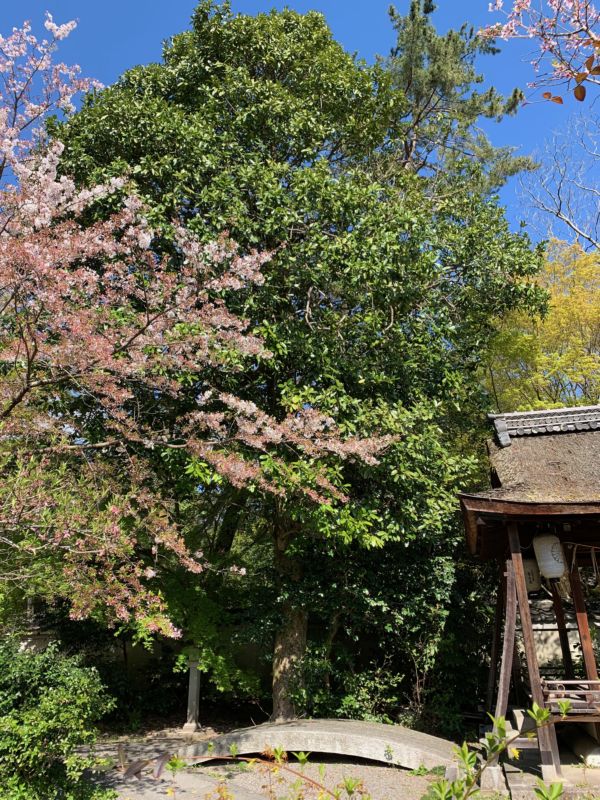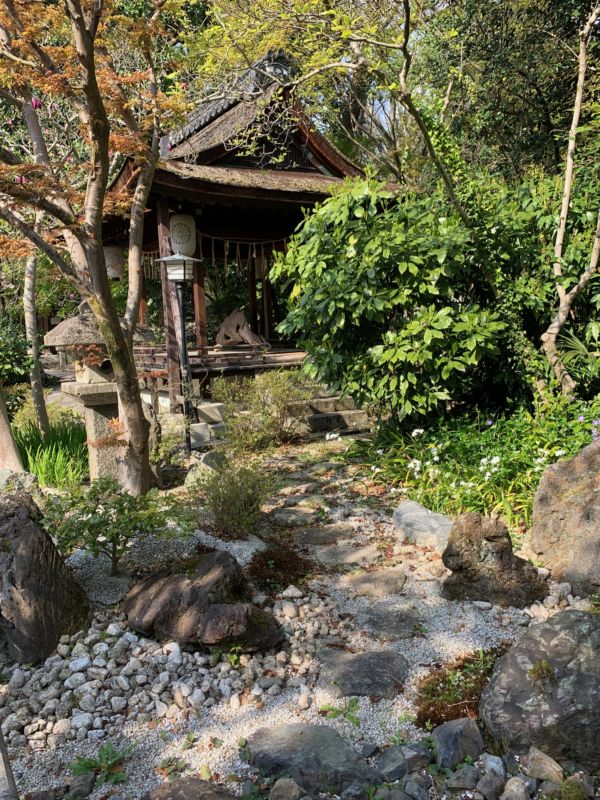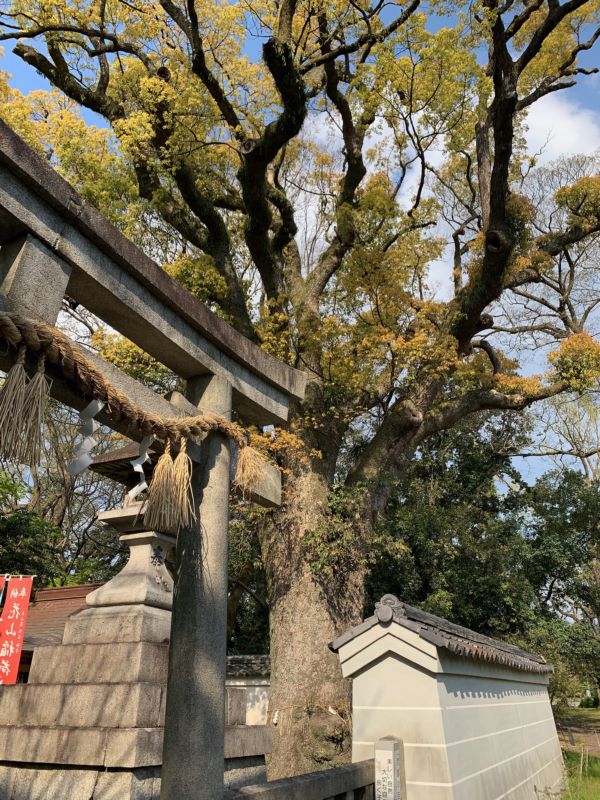Munakata Jinja

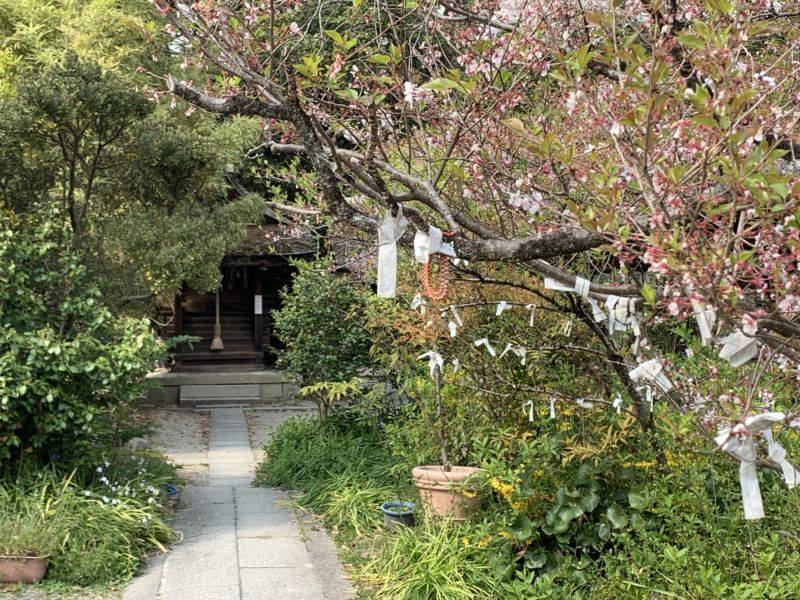
The three Munakata deities, known also as the Munakata sisters, are associated with the head shrine dedicated to them near Fukuoka, which has been recognised as a World Heritage Site. As daughters of Amaterasu, the sun goddess, they are highly regarded in Shinto. They also have a prestigious role in presiding over roads and sea routes, recognised as guardians of transport and by extension industry and culture.
According to shrine legend, Munakata Jinja was founded in 795, a year after Heian-kyo was established by Emperor Kammu. It was he apparently who invited the deities to his new capital. At the time the imperial estate lay further west, aligned with Senbon dori, so one presumes the shrine was moved to Gosho when the imperial estate relocated to its present position.
Oddly the shrine boasts a Kyoto Tourism subshrine within its grounds, which may be unique. I wanted to ask about this, but the shrine office was shut. As the kami is Saruta-no-mikoto, who guided Ninigi no mikoto when he descended to earth, I presume it’s frequented by Kyoto guides.
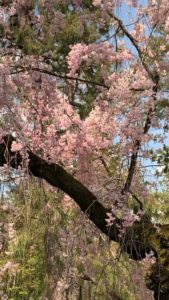
Nearby is the oldest tree in the whole of the National Park, a camphor thought to be 600 years old. Standing before it, you can’t help wondering at the changes it must have seen over its lifetime. Unsurprisingly it’s marked as a shinboku, or sacred tree. (In shamanic cultures, phenomena singled out by the gods have special features, such as longevity.)
The camphor is not the only tree of interest, for there is also an ancient cherry tree descended from one that stood in front of the Enthronement Hall (Shishinden) on the left side. (On the right stood a tachibana mandarin tree.)
A third tree of note is a lusterleaf holly with leaves that are said to have been used in India for writing Sanskrit sutras. The custom was transmitted to Japan through China, and this explains the reason why Japanese call postcards ‘hagaki‘ (leaf writing).
